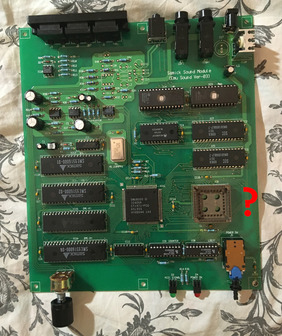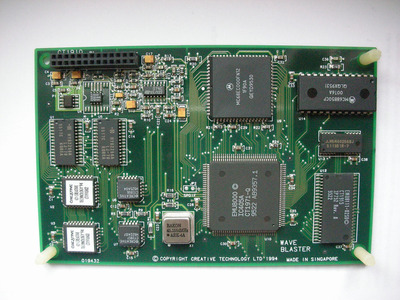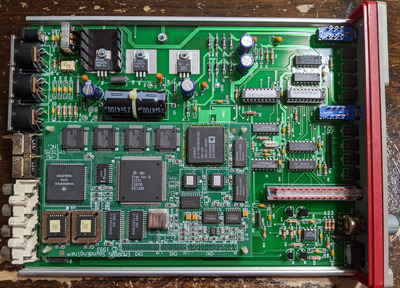First post, by asp_id
- Rank
- Newbie
Hi!
I need some advice from MIDI and Emu8k and m68k and any other gurus who are capable. Please.
Recently I get an obscure (at least for us with DuckDuckGo and Google) Korean MIDI module — Samick City Sound, made by Samick Musical Instruments Co., Ltd. Samick is best known for their guitars and pianos.
It is based on Emu8000. And it lacks one chip. Also it is very similar to WaveBlaster, and according to that the missing chip should be MC68EC000. I have a spare MC68EC000 chip from the dead Wave Blaster. (Emu8k get some severe static charge gone through it, and passed away, but its neighbor, M68k, is proven to be alive and kicking)
Now, I want to try my luck and insert M68k chip in this Samick module. But also I want to do it the smart way and not to blow the whole thing to oblivion.
So, should I just put the m68k chip IN and power the device ON? And hope for the best…
Or there any caveats? I have experience in repairing stuff, but I have no experience in Emu8k's and there is no datasheets on them 😉
Or should I NOT do this under any circumstances?
Halp! Please! Any advices comments and/or requests are very welcome.
Here's some pictures of it
And a picture of the Wave Blaster from the net. The aforementioned chip sits just above Emu8k:
You can't stop progress.





